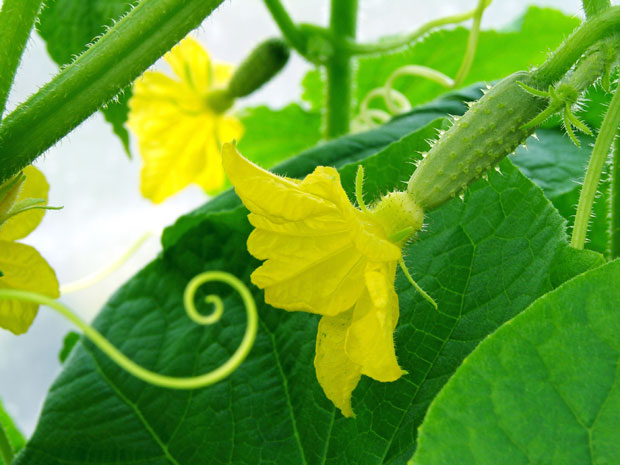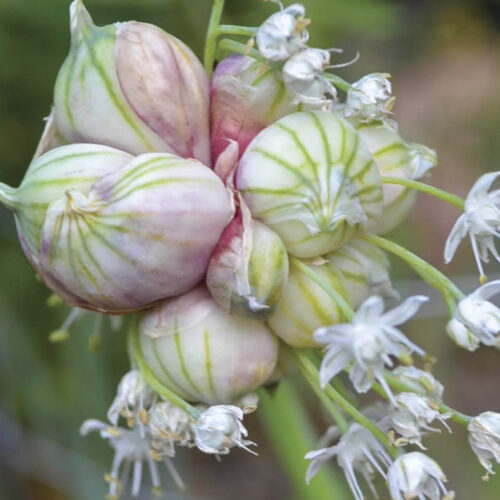How to succeed with cucurbits
2013-09-24T03:51:27+10:00
JUSTIN RUSSELL explains how to get a bumper harvest from your spring planting of pumpkins, melons, zucchini and other cucurbits.
Cucurbits can be frustrating things to grow. When conditions are right and the plants are on, they are almost unrivalled in terms of their sheer productivity. Hundreds of kilos of fruit can be harvested from a relatively small area over the course of a season, but for that to happen, the cards need to fall your way.
The soil has to be properly prepared. Pumpkins, melons, zucchini and cucumbers love being grown in ground that is rich in nutrients, free draining, yet able to retain some moisture to support lush foliage. I mix some compost into the soil before planting, often making a small mound into which I can pop in a seedling or a couple of seeds.
Secondly, the weather has to be on your side. In temperate and subtropical climates cucurbits are generally started in mid to late spring, and while the plants enjoy a moist root run, their foliage adores warm, dry air. If it’s humid, mildew and mould will inevitably show up, decimating foliage and putting a major dent in your harvest.
In really wet weather it’s often necessary to cut your losses. But in less intense damp spells it can definitely help to spray plants with organic approved copper hydroxide a week prior to the onset of wet weather, and to facilitate airflow around your plants, try growing them on a trellis. I did this last summer with some Lebanese cucumbers and they absolutely boomed! Other anti-fungal strategies include spraying foliage regularly with seaweed solution, milk fungicide (one part milk to nine parts water) or potassium bicarbonate (available from nurseries).
Thirdly, pollination has to be spot on for mature fruit to develop. If your lovely little pumpkins, melons, zucchs and cukes shrivel up and drop off the vine without getting plump and ripe, chances are the flowers weren’t visited by bees. If honeybee activity in your area is minimal, try hand pollinating. Use a soft paintbrush to collect pollen from the male flowers (which usually stand proud of the foliage)and dab it onto the female flowers (which tend to sit beneath the foliage and have an enlarged ovary at their base). The best time to hand pollinate is first thing in the morning.
Tick all the above boxes and you’re well on the way to cucurbit success. Then again, you could always sow a few seeds in half decent soil, let nature fend for itself for a few months and almost inevitably harvest something at the end. Who knows, you might score some ideal growing conditions and get a lot more fruit than you bargained for.






